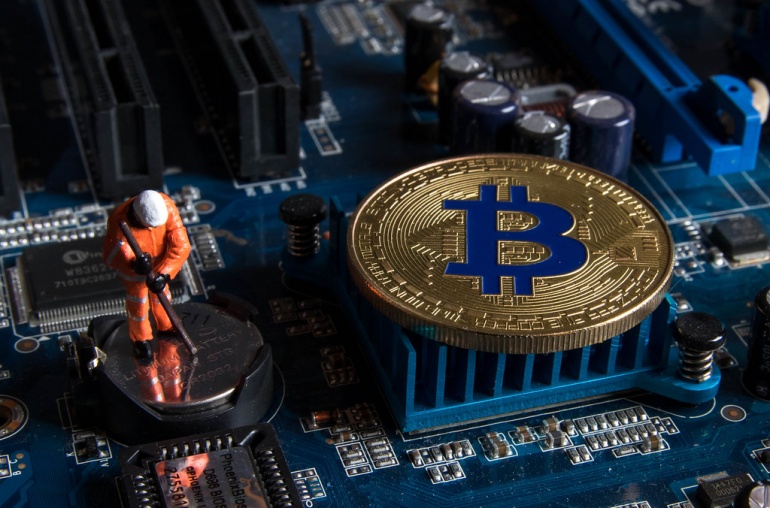
- While bitcoin saw a bit of a bump on a report that U.S. consumer prices increased to a four-decade-high last Friday, it is still down over 30% from its all-time-high of close of US$69,000 last month.
- Investors are concerned that the easy money period of the Fed may be over and are moving out of risk assets into bonds, and that’s affected bitcoin in particular and cryptocurrencies in general.
More volatility is on the cards for cryptocurrencies ahead of major macro moves from the U.S. Federal Reserve and the possible failure of the Biden administration to pass a US$1.75 trillion fiscal stimulus package.
Tumbling alongside other risk assets, the benchmark cryptocurrency declined below its 200-day moving average, with bitcoin dropping for five consecutive weeks.
While bitcoin saw a bit of a bump on a report that U.S. consumer prices increased to a four-decade-high last Friday, it is still down over 30% from its all-time-high of close of US$69,000 last month.
Macro issues are likely to come into sharp focus in the remaining weeks of 2021, to determine what happens next for bitcoin.
Expectations that monetary policy will tighten at the U.S. Federal Reserve have already been priced in somewhat in bitcoin, with evidence that there is some buying activity on the off chance that the central bank does not accelerate the pace of its tapering.
Last month, the Fed announced that it would taper its US$120-billion-a-month asset purchases by US$15 billion, implying that quantitative easing would end by next June.
However, six months of headline inflation exceeding 5%, with prices in the U.S. on track to increase by their fastest in over four decades has put increasing pressure on the Fed to reign in persistently higher prices.
Investors are concerned that the easy money period of the Fed may be over and are moving out of risk assets into bonds, and that’s affected bitcoin in particular and cryptocurrencies in general.
Nonetheless, a reversal (the magnitude of which is difficult to forecast) could be possible if the Fed doesn’t accelerate the end of its asset purchases but rather keeps the current pace.
Which means that rates are only likely to rise in the second half of next year, and if so, confine the number of rate increases to two.
The passing of Biden’s US$1.75 trillion Build Back Better bill could also fuel another surge in risk assets as well, especially if it is passed before the end of the year.
For now, investors will need to contend with heightened volatility in the cryptocurrency markets



